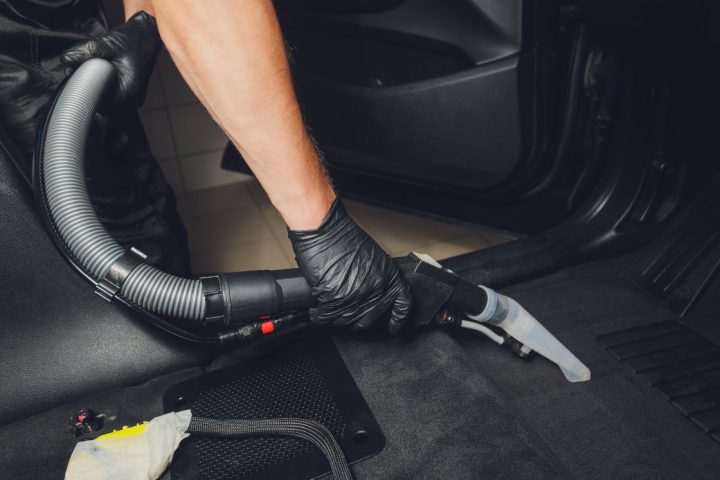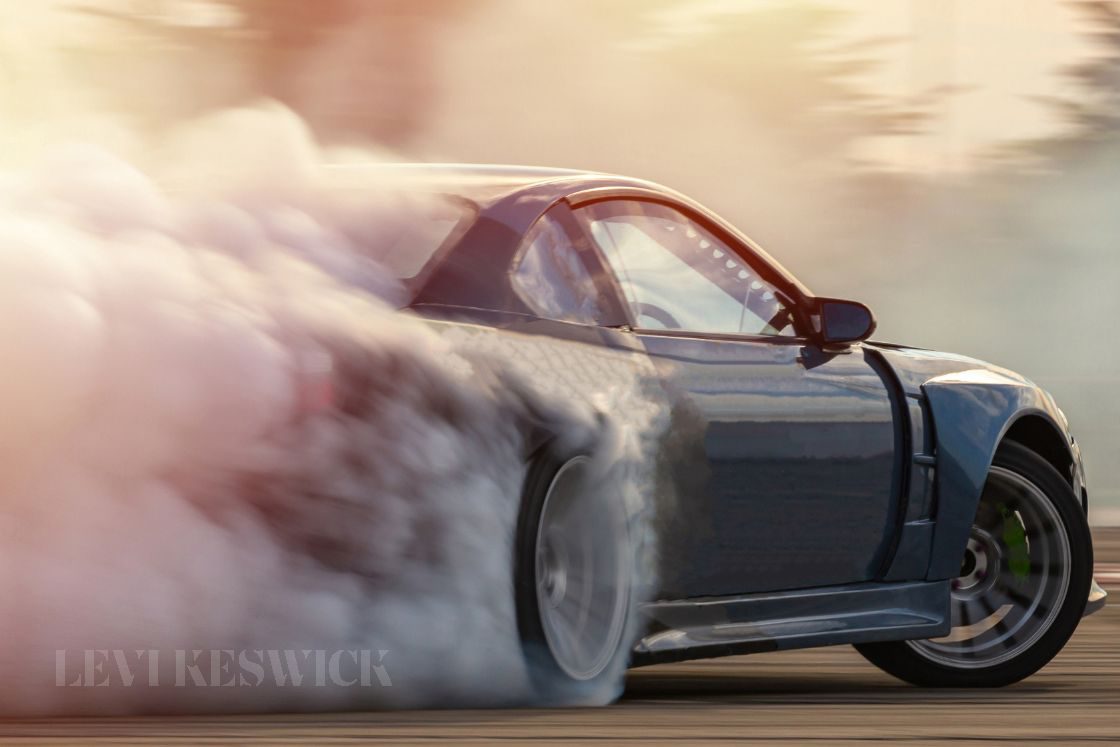Of all the things to inherit, a classic car is perhaps the most exciting. Whether you’ve inherited the vehicle from a family member, a close friend, or an unexpected windfall, there’s something magical about taking possession of a vintage vehicle. However, inheriting a classic car comes with a significant responsibility. These vehicles are often decades old and require special care and attention to run smoothly. It’s essential to take certain steps to maintain, insure, and store your new ride. Explore some critical things you need to do after inheriting a classic car.
Get Your Paperwork in Order
After inheriting a classic car, one of the first things you should do is get your paperwork in order. This includes transferring ownership of the vehicle to your name and updating your insurance policy. Contact your local DMV to start the process of transferring the title and registration. Prepare all the necessary documentation, including proof of insurance and any relevant estate planning documents. You may want to obtain a historical report of the vehicle’s maintenance history to get a better idea of its condition.
Conduct a Thorough Inspection
Before hitting the road, it’s crucial to conduct a thorough inspection of your newly inherited classic car. Even if the previous owner took great care of the vehicle, some issues may have arisen over time. Start by checking the engine, transmission, and other mechanical components. Look for leaks, rust, or damage that could affect their function. Check the brakes, suspension, and steering for wear and tear. Finally, inspect the exterior and interior for any signs of damage.
Conducting a thorough inspection can help you identify issues early on and ensure your classic car is roadworthy. You might enlist the professional help of a mechanic who specializes in classic vehicles; they’ll be able to spot damage you may have missed.
Decide on Restoration or Preservation
Following the inspection, you’ll need to decide whether to restore or preserve the vehicle. Restoration involves bringing the vehicle back to its original condition, while preservation involves maintaining its existing condition. Deciding which approach to take depends on several factors, including the car’s condition, rarity, and intended use. If you’re looking to drive the car regularly, preservation may be a better choice. However, restoration may be the best option if you’re planning to show the vehicle.
Restoration can be an incredibly rewarding experience, as it gives you a chance to review every component of the vehicle and ensure it’s in pristine condition. Be sure to avoid some common restoration mistakes if you go this route.
Consider Your Insurance Options
Classic cars require specialized insurance coverage, so consider your options carefully. Many standard auto insurance policies don’t provide adequate coverage for vintage vehicles. Look for policies designed for classic cars; they account for the unique value and risks associated with vintage vehicles and can provide coverage for theft, damage, and liability. Compare policies to find the best coverage for your classic car.













